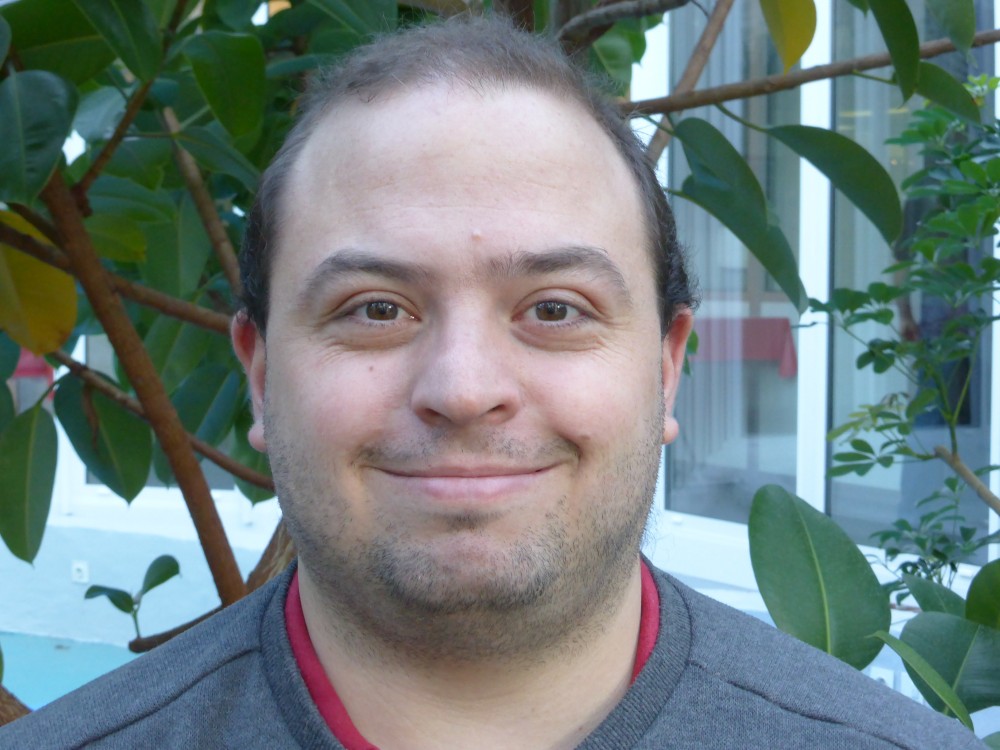Jean-Pierre Panziera
 Jean-Pierre Panziera
Jean-Pierre Panziera
Chief Technology Director for Extreme Computing at Atos
A new high performance network for HPC systems: Bull eXascale Interconnect (BXI)
The Exascale supercomputers will require technology breakthroughs in all aspects of HPC systems architecture. We are facing major challenges for the development of faster computing units, higher level parallelism, better storage capacity and bandwidth, overall energy efficiency, system resilience and reliability. The interconnection network is a central piece of the HPC system architecture today and it will become even more important as the system size grow. Specifically, Atos is developing the Bull eXascale Interconnect (BXI) a new generation of interconnect dedicated to HPC. This presentation will provide an overview of the BXI architecture and describe the main features. BXI is based on the Portals4 protocol, all communication primitives are offloaded to the hardware components thus allowing for independent progress of communication and computation. BXI is based on two ASICs, a Node Interface Controller and a 48 port switch. The BXI application environment optimize existing applications communications through native Portals4 interface for MPI or PGAS languages. BXI management software targets systems as large as 64k nodes and it provides mechanisms to overcome component failures without interrupting running applications. Finally, we’ll explain how BXI is integrated into the new Bull exascale platform.
Biography.Jean-Pierre Panziera is the Chief Technology Director for Extreme Computing at Atos. He started his career in 1982 developing new algorithms for seismic processing in the research department of the Elf-Aquitaine oil company. He then moved to the Silicon valley as an application engineer and took part in a couple of startup projects, including a parallel supercomputer for Evans & Sutherland in 1989. During the following 20 years, he worked for SGI successively as application engineer, leader of the HPC application group and Chief Engineer. In 2009, he joined Bull, now an Atos company, where he is responsible for the HPC developments. Jean-Pierre holds an engineer degree from Ecole Nationale Supérieure des Mines de Paris.
Gabriel Staffelbach
 Gabriel Staffelbach
Gabriel Staffelbach
Senior Researcher at Centre Européen de Recherche et de Formation Avancée en Calcul Scientifique (CERFACS)
SLIDES
Computational Fluid Dynamics and High performance computing
Combustion accounts for 80% of the worlds energy. Ever progressing trends in design and research have and continue to yield spectacular changes for turbines, cars, rocket propulsion etc..
CERFACS aims at introducing recent progress in the field of High Performance Computing (HPC) for combustion simulation into studies of Combustion. Using recent highlights in the combustion field this presentation will show the usage of leadership class computing for combustion applications on current architectures, methodologies and current developments towards exascale computing through hybrid parallelisation.
Biography. Gabriel Staffelbach is a senior researcher at Centre Européen de Recherche et de Formation Avancée en Calcul Scientifique (CERFACS). He has been working on numerical simulation of combustion and high performance computing since 2002 and is an active user of most HPC systems available to the scientific community via both the PRACE and INCITE programs. His expertise ranges from numerical simulation to computational science as well as combustion instabilities.
Felix Wolf
 Prof. Felix Wolf
Prof. Felix Wolf
Department of Computer Science of TU Darmstadt
SLIDES
Is your software ready for exascale? – How the next generation of performance tools can give you the answer
Traditional performance tools do a great job of evaluating the performance of a code for a given execution configuration on an existing machine. However, foresighted developers want to validate their design decisions and implementations also for future problem and machine sizes – and if needed revise their code as early as possible. In this talk, we will discuss new techniques for automated performance modeling and present case studies demonstrating their potential. As one of our examples, we will show how to systematically validate the scalability of state-of-the-art MPI implementations and put existing performance expectations to the test.
Biography. Felix Wolf is a professor at the Department of Computer Science of TU Darmstadt in Germany, where he is head of the Laboratory for Parallel Programming. He has been developing performance tools for more than 15 years and he is a principal designer of Scalasca, a widely used open-source tool for the performance analysis of HPC applications. Moreover, he has initiated the Virtual Institute – High Productivity Supercomputing, an international initiative of academic HPC programming-tool builders aimed at the enhancement, integration, and deployment of their products. Prof. Wolf has published more than a hundred refereed articles on parallel computing, several of which have received awards.
